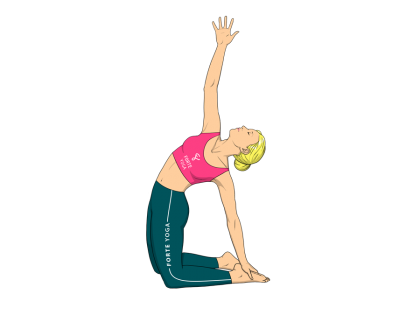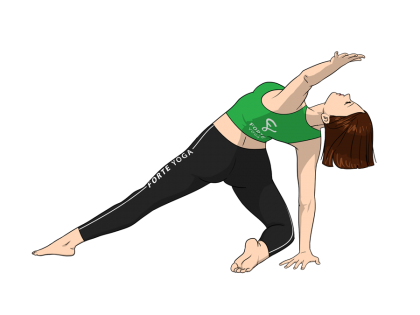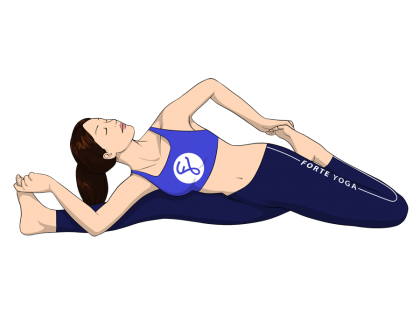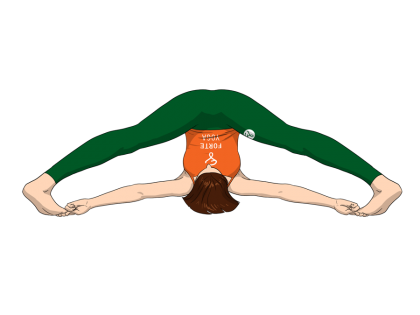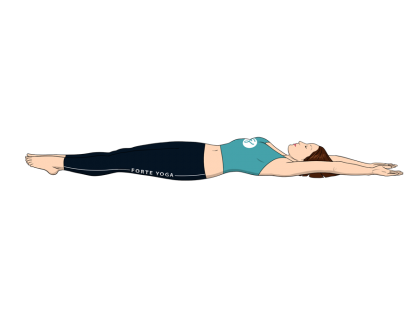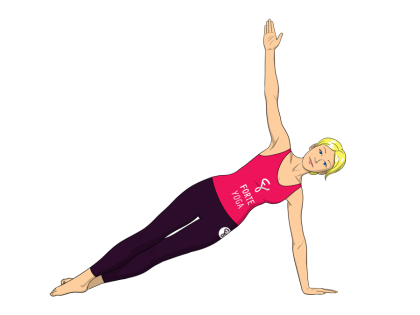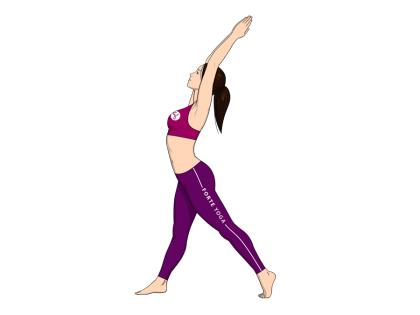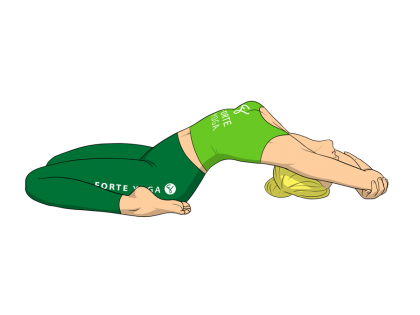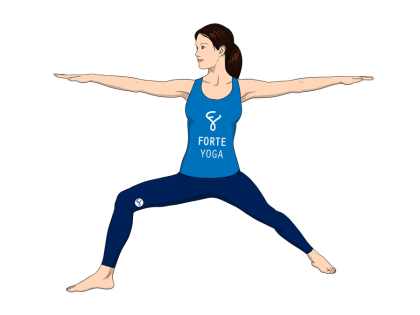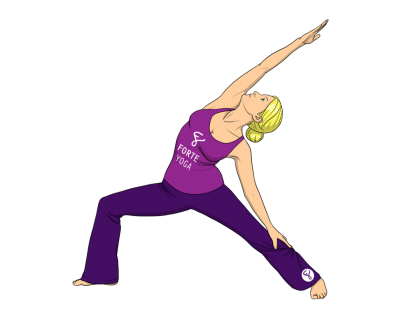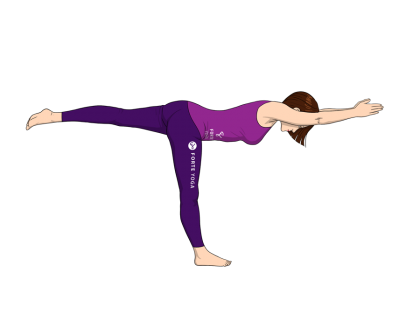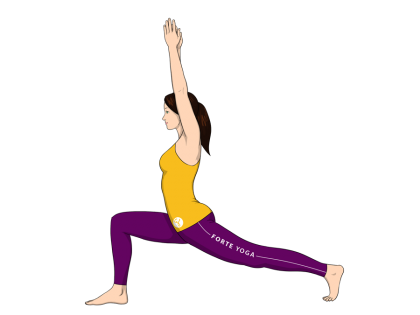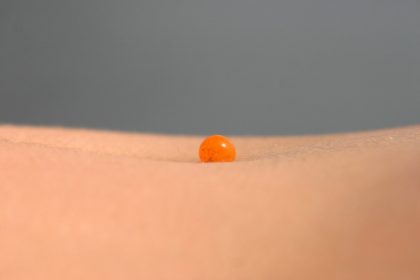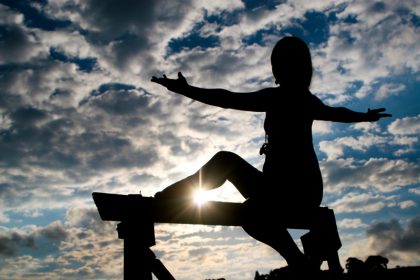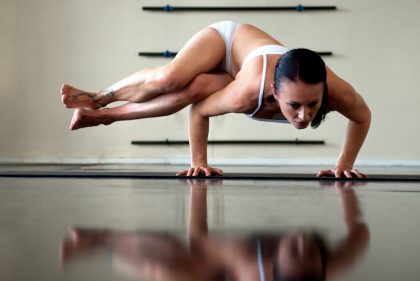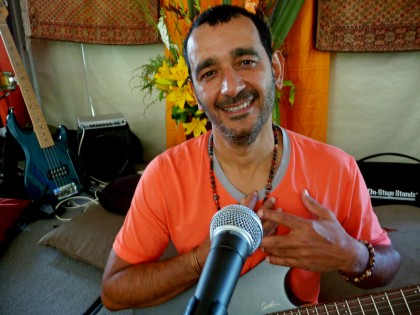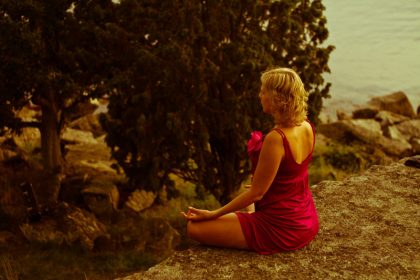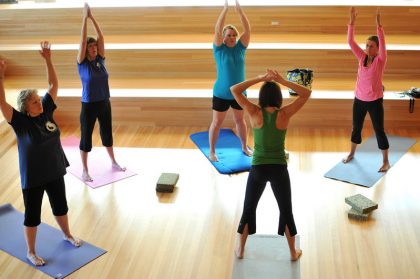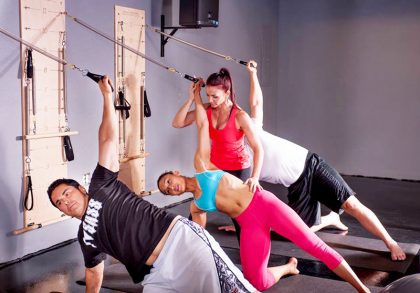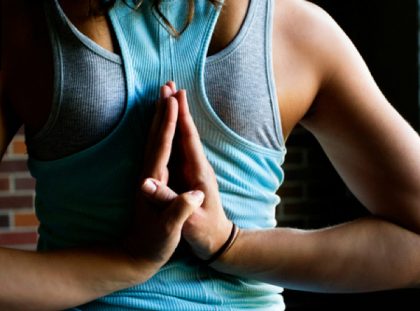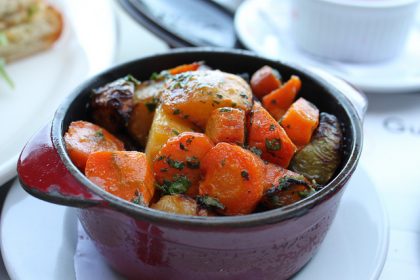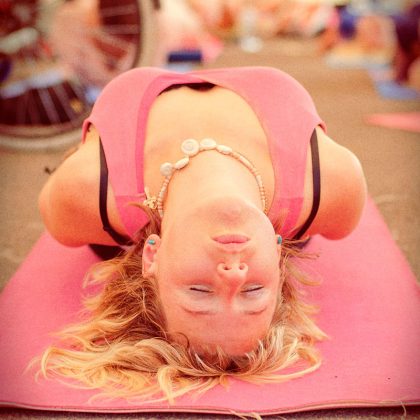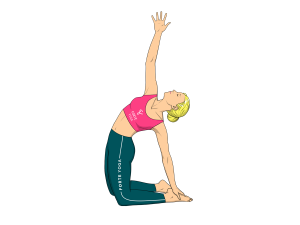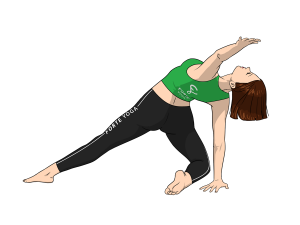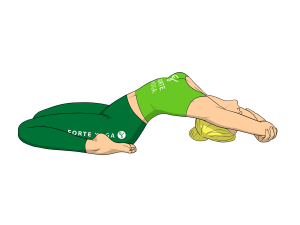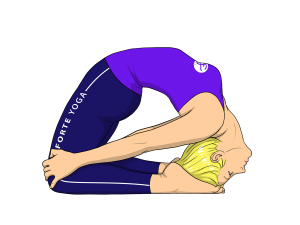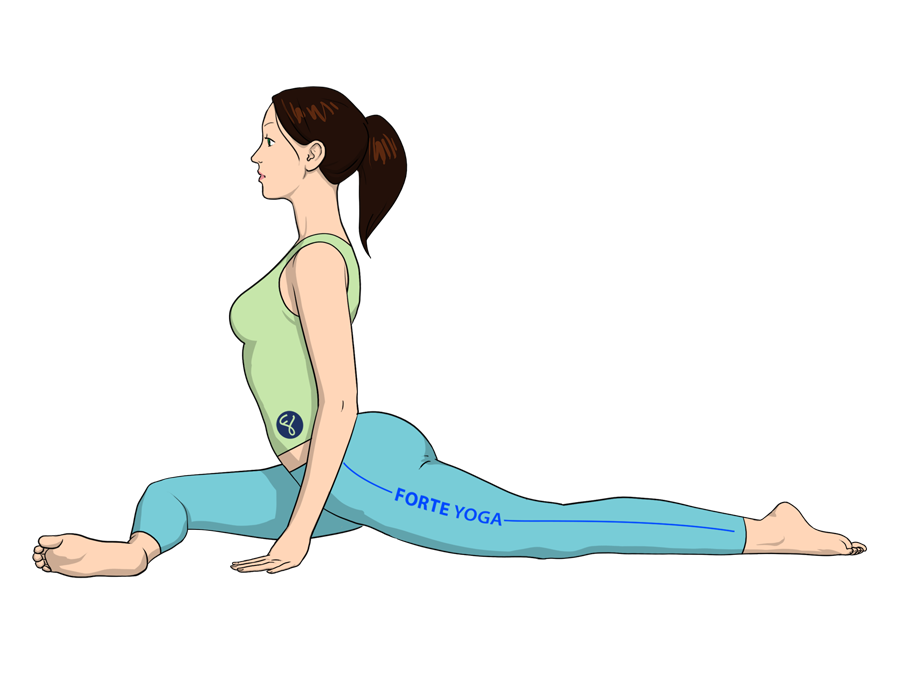
overview
One Legged King Pigeon Yoga Pose is a backbend pose that targets the quads and is ideal for yogis and yoginis at a beginner to intermediate level.
 svadisthana – the sacral chakra
svadisthana – the sacral chakrarelated poses
[yoga-sharrre]
How To Do One Legged King Pigeon Yoga Pose
- To begin, enter Downward Facing Dog (Adho Mukha Svanasana). Inhale and, keeping your weight even in your hands, come to the ball of the left foot as you bend the right knee and lift your right foot off the ground. Draw your right knee in, placing it on the floor by your right wrist. As you do this, lower your left knee to the mat. Your lower leg should be positioned at an angle from the knee, toes pointing out and slightly back; do not sit with your calf and hamstring pressed together.
- From here, pull your right foot forward until your shin is parallel to the front of the mat. If this is uncomfortable for you, you may keep your leg at the angled position. Keep your left leg active by extending through the back of the leg and out the heel, top of the foot flat on the floor.
- Exhale and bend at the hip joints, lowering your torso to the floor over your right leg. Extend your arms in front of you, reaching through the fingertips. You should now be in Downward Facing Pigeon (Adho Mukha Kaposatana). Hold this position for a few breaths.
- Draw your hands back toward your right shin before pressing into the floor through your hands and lifting your torso back up. Lengthen your spine upward from your tailbone while bringing your tailbone down and in. Be sure your hips are kept parallel and you aren’t leaning heavily to one side. Push into the floor with your fingertips to help lift and keep your spine long. Lift your sternum up toward the ceiling, gently leaning your head backward. There should be a gentle, not deep, curve in your lower back.
- Remain in this position for 30-60 seconds, then lift back up to Downward Facing Dog. Repeat with the other leg.
Notes
- Breathe deeply through each step.
- Do not attempt this pose if you have ankle or knee injury, or any injury of the groin, hip or pelvic region.
- Avoid this pose if you have tight hip or thigh muscles.
Tips
If you find your aren’t flexible enough to hold this pose comfortably, try coming onto the elbows instead of laying fully over the leg and stretching the arms out in front of you.
Stretches & Strengthens
All Muscles: Glutes, quads, groin, hip flexors, abs, chest, shoulders, neck, lower back
Target Muscles: Glutes, quads, groin
Health Benefits of One Legged King Pigeon Yoga Pose
- Can improve posture.
- Can aid in digestion.
- Beneficial for urinary disorders.
- Opens the hips and chest.

